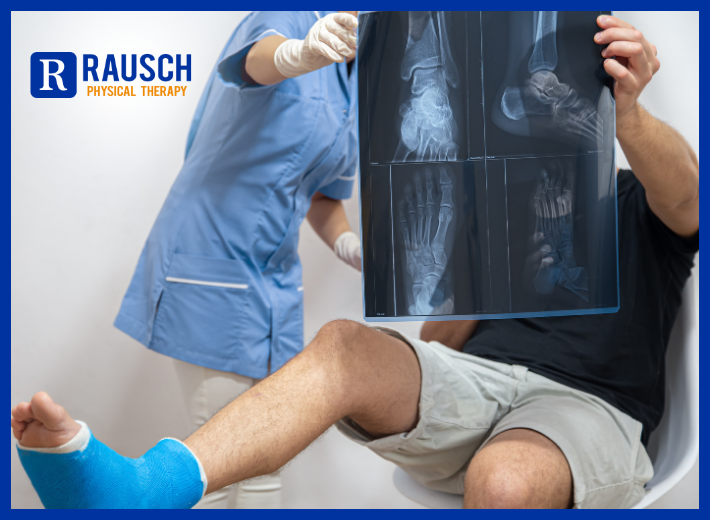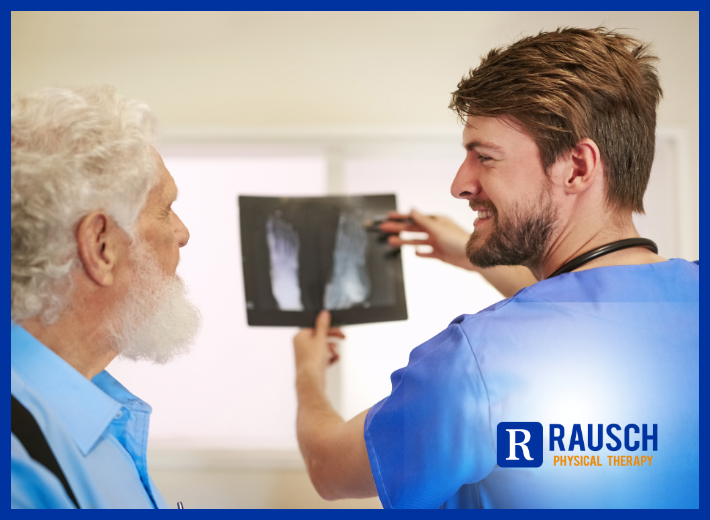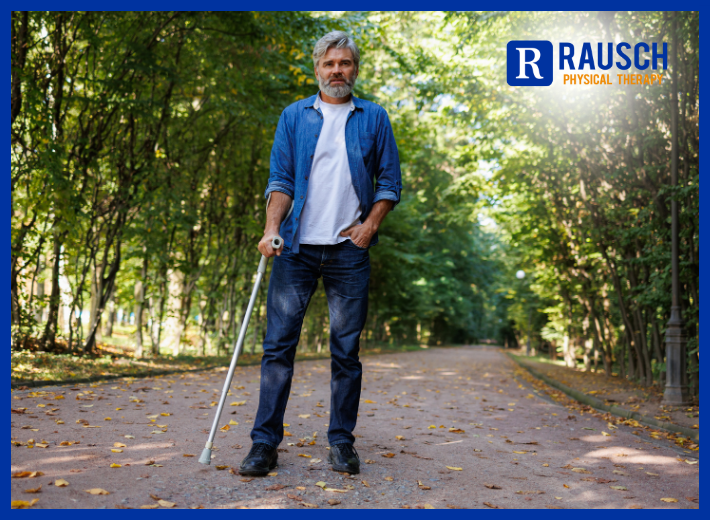When it comes to sports, staying healthy is just as important as playing hard. A serious injury can knock you out of the game for weeks—or even months—whether you’re a,
Getting Back to Life After a Fracture
November 1, 2024 6:00 am / Category: Laguna Niguel

Recovering from a fracture doesn’t need to feel like a challenging process, especially with the guidance of Rausch PT. With proper care, patience, and a commitment to rehabilitation, it is possible to regain strength, mobility, and a sense of normalcy. We provide valuable information on the healing process and rehabilitation techniques to help you navigate your recovery journey and return to your daily activities.
Be Patient
After a fracture, you have to learn how to move again. For example, if you had a spine fracture, you might need to bend and lift differently than you did before. Or if you broke your wrist, you may not be able to get dressed on your own right away.
No matter which bone you broke, it may take longer to do things like wash the dishes or get groceries out of your car. That’s OK. Your goal should be to do each thing safely, not quickly.
Ask for Help
It might sound like the opposite of what you should do, but one of the best ways to get back to doing things on your own is to let other people help you. If you push yourself too hard while you’re healing, your recovery can take longer. And it can make you more likely to have other problems, like another break.
During the first few weeks at home, you might need help shopping, cooking, cleaning, or getting dressed. You may need someone else to help you do the exercises your doctor or physical therapist recommended, too. Remember that you’ll get stronger each day.

Work With a Pro
You probably won’t be able to do everything you used to, even if you’re not in a cast. Some tasks — like climbing a step stool or lifting something heavy — might be too hard for now. That’s where health professionals can help.
Share your goals with your physical and occupational therapists. They should be on the same page about what you’d like to be able to do again. Make sure they’re aware of any pain you feel. Bone and tissue pain can be an issue, even after your fracture has healed.
Prevent Future Problems
After you’ve had a fracture, it’s normal to worry about getting another one. But fear can keep you from being active and getting back into your life.
If you’re nervous, talk to your health care team about it. And take action. For example, if you’re more likely to get a hip fracture, your doctor might recommend that you wear a hip pad. Or if you’re worried about breaking another bone, your physical therapist may come up with a strength training plan that helps build muscle and bone mass.
With smart lifestyle changes and careful planning, you can stay healthy and lower your odds of future fractures.
Chances are you will also likely need to be started in the near future on anti-osteoporosis medication to reduce future risk of fracture especially if you have sustained a hip or vertebral fracture.
You also may find it helpful to talk to other people who have osteoporosis. They’ll understand what you’re going through, and you can exchange ideas and tips, too.

Reference: [https://www.webmd.com/osteoporosis/life-after-osteo-fracture]





